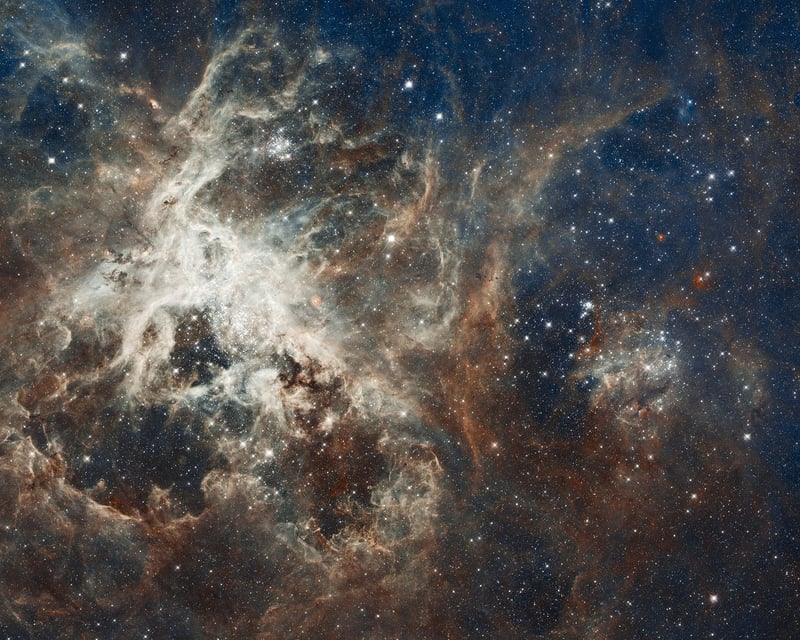Interstellar Missions
Exploring New Worlds Beyond Earth: The Future of Interstellar Missions
Humanity has always been fascinated by the mysteries of the cosmos, and the idea of exploring new worlds beyond our own has captivated the imagination of scientists, researchers, and the general public alike. With advancements in technology and space exploration, the possibility of interstellar missions to distant planets, moons, and even exoplanets has become more than just science fiction – it is now a realistic goal for the future.
The Search for Exoplanets
Exoplanets are planets that orbit stars outside our solar system. Over the past few decades, astronomers have discovered thousands of exoplanets using telescopes like the Kepler Space Telescope and the Transiting Exoplanet Survey Satellite (TESS). These discoveries have opened up new possibilities for finding potentially habitable worlds beyond Earth.

Interstellar Missions: Challenges and Opportunities
Interstellar missions involve sending spacecraft beyond our solar system to explore distant worlds. While the idea of traveling to another star system may seem like a daunting task, recent breakthroughs in propulsion systems and spacecraft technology have made interstellar travel a realistic possibility in the near future.
Challenges such as long travel times, cosmic radiation, and spacecraft reliability need to be overcome before interstellar missions can become a reality. However, the potential rewards of discovering new planets, studying alien life forms, and expanding humanity’s knowledge of the universe make these challenges worth pursuing.
The Future of Interstellar Exploration
As space agencies and private companies continue to invest in research and development for interstellar missions, the dream of exploring new worlds beyond Earth is edging closer to reality. Concepts like laser propulsion, solar sails, and advanced propulsion systems offer promising solutions for reaching distant star systems and unlocking the secrets of the cosmos.

Conclusion
Exploring new worlds beyond Earth through interstellar missions represents the next frontier of human exploration. With ongoing advancements in technology and a growing interest in space exploration, the possibility of discovering habitable exoplanets and encountering alien life forms is no longer a distant fantasy but a tangible goal for the future.
As we look to the stars and push the boundaries of our knowledge, the prospect of interstellar missions offers a glimpse into a future where humanity ventures into the unknown, expanding our understanding of the universe and our place within it.
